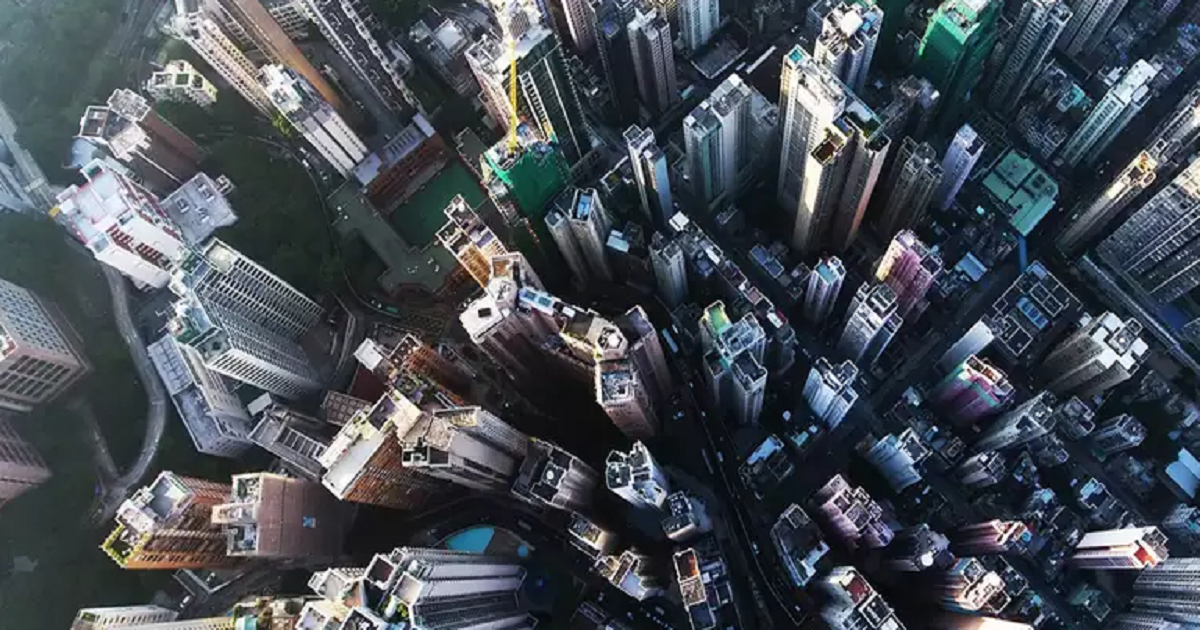Putting 5G to work now, to accelerate government digital service delivery

We have recognized for years that 5G technology has tremendous potential for taking government service delivery to a new level. And today, we are starting to see the real-world power of 5G in action, because many communities are already using it to enable faster, safer ways to respond to COVID-19. With this accelerated deployment, the technology is helping to meet critical remote healthcare, education, office and safety challenges with exciting new tools.
For example, its higher capacity and improved response time have made it possible to use 5G-based telemedicine consultations and remote CT scanning to overcome a shortage of healthcare workers. 5G-powered drones are delivering essentials to virus-containment zones. 5G-enabled mobile trolleys are helping minimize the number of contacts between medical staff and patients. And 5G-cloud-enabled robots have facilitated round-the-clock contactless procedures, such as remote nursing, vital parameter measurement and medication delivery.
In the near future, we're expecting to see an even wider array of new 5G-based devices and systems transform government service delivery and improve people’s lives. That's because many of these innovative tools will integrate other technological advances like artificial intelligence (AI) and augmented reality, as well as the internet of things (IoT).
So looking ahead, here are some key areas where 5G presents valuable opportunities for governments, as the technology is adopted more widely.
Transforming healthcare with remote capabilities
When the COVID-19 crisis put a spotlight on government healthcare systems in recent months, it spurred a greater recognition of the many ways those services can be improved — right now and in the years ahead. 5G can play a valuable role beyond what it offers for COVID-19 care and prevention. This contribution can begin by expanding access to a broader range of heathcare services, as well as enhancing the quality of care. For example, the technology enables telemedicine that can help patients get treated sooner or allows them to consult with specialists who might otherwise not be available. It also makes remote monitoring possible for more patients with limited mobility, because of its capacity.
5G will be able to even open up new ways to perform surgery, using remote-controlled robots, where the human in charge relies on haptic feedback. Or enable emergency medical technicians in a moving smart ambulance to perform remote diagnostics and telemedicine, using augmented reality and virtual reality goggles. These kinds of advanced capabilities could be crucial for saving lives when every minute counts.
But even 5G's less dramatic contributions can have a significant impact on the well-being of citizens — and the efficiency of everyday operations. As more healthcare services are delivered online, the technology's higher speeds and reliability will be essential for rapid transfers of large image files. Telemedicine appointments will be able to reach across greater distances. And doctors in different locations will have better ways to consult about treatments. All these advances can greatly improve the online healthcare experience for the residents of your community.
Ensuring safety and security
5G can contribute to greater safety for your citizens too, in a variety of ways, ranging from helping you monitor air quality and vehicle traffic, with far more endpoints supported — to enabling augmented-reality tools for facial recognition in search-and-rescue operations. It also enhances real-time video protection by offering a higher-throughput wireless alternative to fixed connections.
Empowering distance learning
For education, 5G can support new methods of enriching remote classes and training. That includes making learning more flexible and interactive, enabling greater assistance for students with special needs and making it possible for learning to be more fun and engaging. It even enables immersive lessons to be delivered with augmented or virtual reality. Or a 3D holographic telepresence could virtually beam a teacher to a classroom in a remote location.
Making the potential a reality
After witnessing the successful steps many communities have taken to use 5G in addressing COVID-19, we believe governments should give serious consideration to accelerating their 5G roll out and their adoption of 5G-based services. That step can promote greater organization efficiency, boost service quality and help improve citizens' lives.
To find out more about how 5G will transform government service delivery, download our white paper, developed jointly by Ernst & Young and Nokia. It includes key considerations for government organizations.














Tag